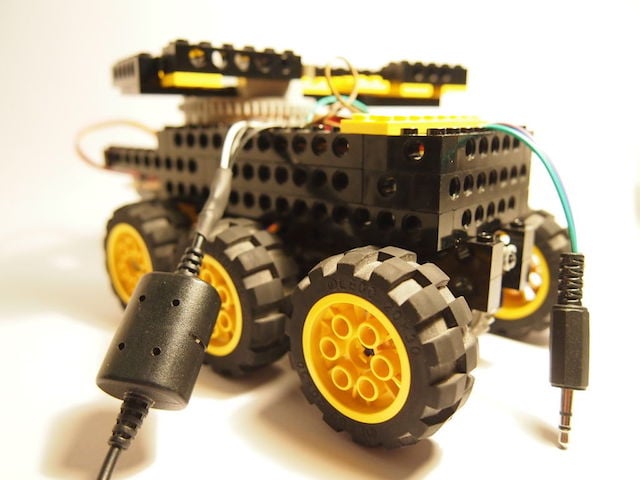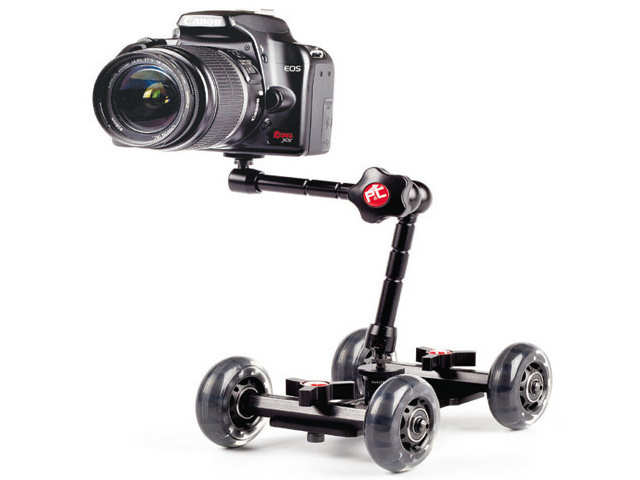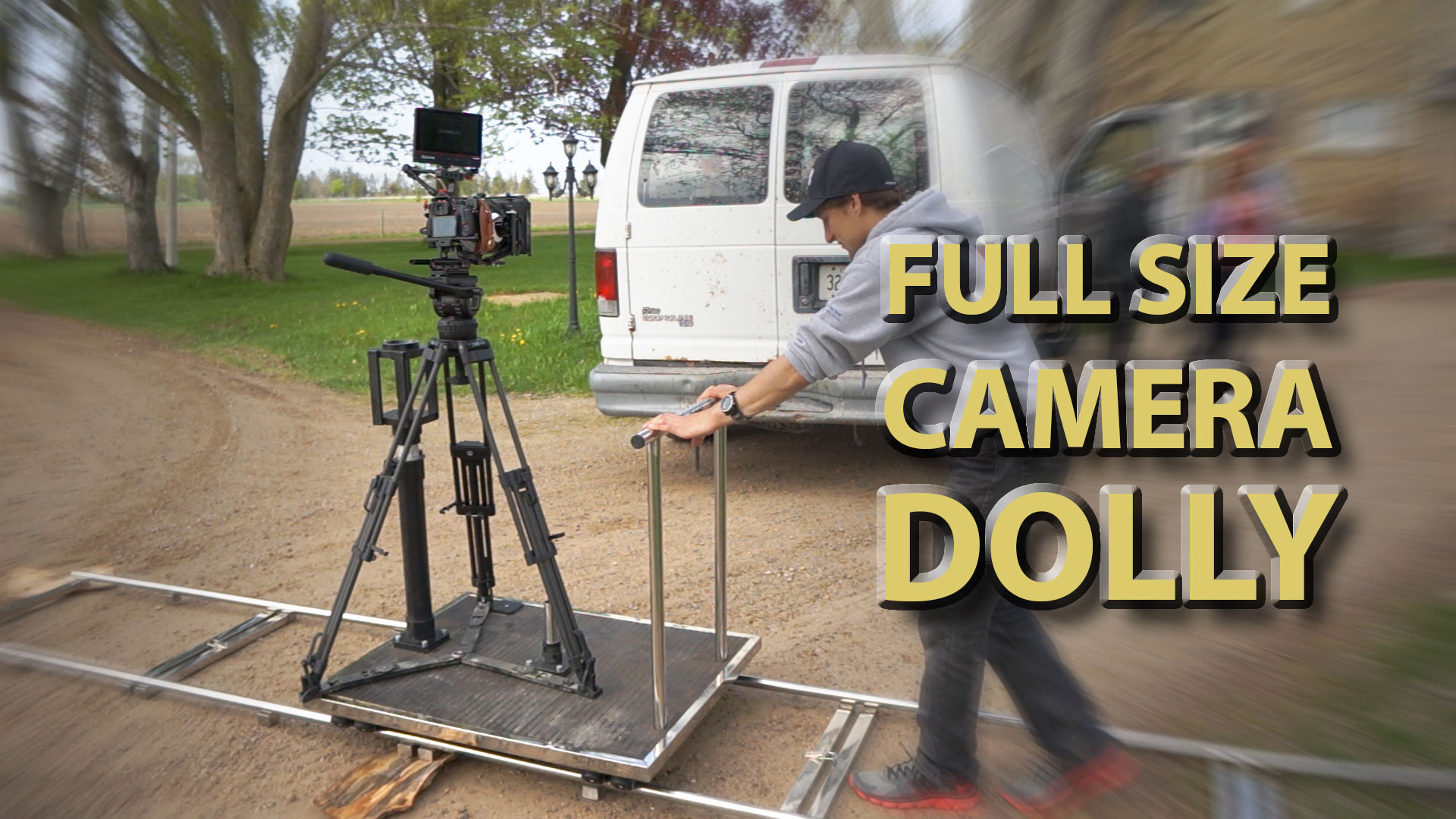

#ARDUINO CAMERA DOLLY SERIAL#
In some freakishly magical way, I used every single digital AND analog pin on the Arduino (except D0 which is reserved for serial RX). If no, clear the inputs and start again.Īnd although not necessary it was a nice feature to also have the LCD display how far it had progressed as a percentage and how many hours were left once the photography had begun.
a final YES/NO confirmation before starting to take photos. seconds between each image capture (the HackHD needed a minimum of 15 seconds to take a picture and save it to the SD card). total duration in hours that the device would be in operation (I managed to get up to 12 hours max with the power bank I used). This was a pretty awesome crash course in basic UI taking numerical inputs from the user, checking they are valid, storing them in memory, and if a mistake was made allow the user to start again. Then I needed a keypad and LCD so I could operate the device without a laptop. Now the rotation part was pretty straightforward, but what about translation? Again my mentor proved mighty helpful by sending me in search of a pulley, which you can see is that metallic disc thing in the photo. The Arduino I used had a built-in LED on each pin which was perfect for visualizing the stepping process. You have to activate the 4 pins in a sort of leap-frogging sequence - 1000 1100 0100 0110 etc - and iterating through to get it to turn. And it was a lot of fun learning how steppers work. The 28BYJ-48 provides a surprising amount of grunt for only a couple bucks. horizontal movement) and one for rotation. Also 3D printers were still pretty new back in the early '10s, and any service costs a fortune in Australia. Then add to that a 3D-printed case which cost way more than it should have since all the measurements in the STL files had to be converted from imperial to metric (thanks America). Oh and don't forget a class-10 SD card with plenty of storage for those high-def images. There were some Arduino cameras on the market but the image quality just wasn't there. I thought about using my iPhone camera and somehow triggering it using the audio jack, but that was too complicated. So I started with the most expensive item - the camera! It needed to be Arduino-compatible and able to take a decent quality picture. Unless you're James Cameron who can just invent the things he wants with his bazillion-dollar budget, start looking at what is actually available on the market and go from there. See I'd been caught up trying to be a designer, spending hours thinking about how my invention ideally should look and function. I didn't need a genius to tell me that, but that's what happened. I would have been stuck in stage zero forever had he not pushed me to take that first step. But I don't think I could have done it without a mentor who happened to live in my neighbourhood - he was a real electronics whiz. I was going to have to really step up my game. I'd tinkered around with Arduino for some time, but this was a whole 'nother level. And since the project's creator was not very helpful (I don't think he was much of an open-source kinda guy) I set out to build it from scratch. Being a fan of cheap gear, that wasn't gonna fly with me. The problem was that this project I was trying to replicate used a custom-built rig, custom-made PCBs and an expensive DSL camera. The thing about this specific project that really got my attention was the fact that the camera not only could slide horizontally but could rotate as well, giving the time-lapse this other-worldly effect. 

Of course time-lapse is not that exciting anymore but 5 years ago it was.

However that project was published some years back and I have lost the link to it. Those are available in Settings menu and the configuration will be stored in the EEPROM which means that configuration still remains after power lost.This project was inspired by someone else who made an Arduino time-lapse dolly (surprise surprise). Can be set Timelapse delay time (time for camera to save image between shot), Motor position (Left or right of the controller) and Time until display is going to dim.TimeLapse mode with camera shutter trigger.Convert generic camera dolly rail into controllable motorized dolly.







 0 kommentar(er)
0 kommentar(er)
